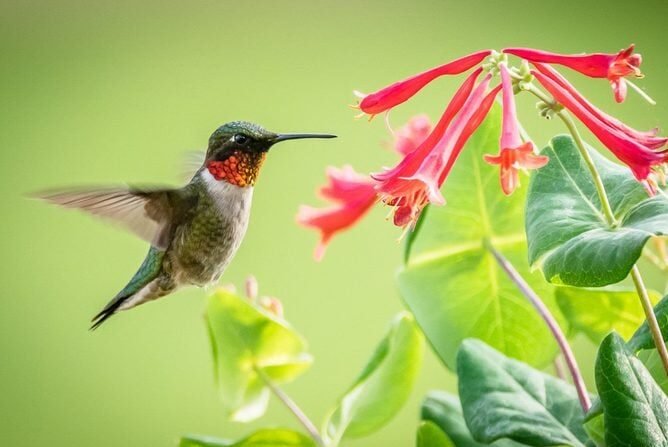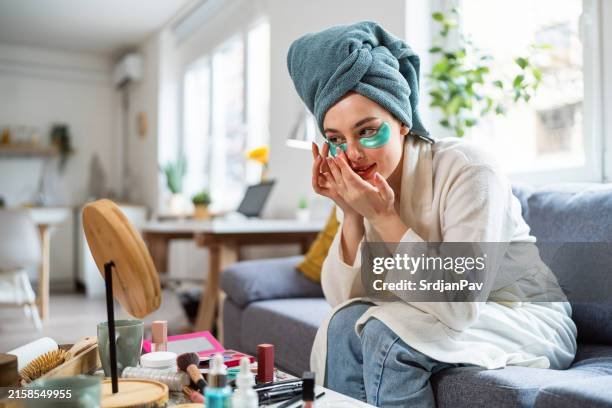
The Harmful Method for Attracting Hummingbirds That You Need to Avoid
Hummingbirds, with their dazzling colors and agile flight, are among the most captivating visitors to any garden. Attracting these delightful creatures can bring a sense of wonder and vitality to your outdoor space. However, to draw them in, it’s crucial to avoid certain harmful practices that could jeopardize their health. One of the most common yet detrimental methods is red dye in hummingbird feeders.
The Appeal of Red Dye

The allure of red dye stems from the fact that hummingbirds are naturally attracted to the color red. This preference is rooted in their foraging habits, as many of the flowers they feed on are bright red or orange. Manufacturers of commercial hummingbird nectar have capitalized on this attraction by adding red dye to their products, and many well-meaning individuals have followed suit by adding dye to homemade nectar solutions.
The Hidden Dangers of Red Dye

While the intention is to entice feeders, using red dye is unnecessary and potentially harmful. Here are some of the risks associated with using red dye in hummingbird feeders:
- Potential Toxicity: The most commonly used red dyes in food and beverages, such as Red Dye #40, have been approved for human consumption, but their safety for birds is less certain. Some studies suggest that these artificial dyes could be toxic to hummingbirds, leading to a range of health issues from mild digestive upset to severe organ damage.
- Adverse Health Effects: Hummingbirds have extremely rapid metabolisms, and their bodies process food much faster than humans or larger animals. Even small amounts of harmful substances can accumulate quickly, posing serious health risks. Over time, the consumption of red dye may contribute to liver and kidney problems, potentially shortening their lifespan.
- Unnecessary Additive: The addition of red dye is entirely superfluous when it comes to attracting hummingbirds. Feeders with red parts or components are sufficient to draw them in, as the birds are capable of spotting these colors from a distance. There is no need to put their health at risk with artificial coloring.
- Natural Instincts: Hummingbirds are naturally adapted to seek out brightly colored flowers that provide nectar. By safely mimicking this—using the natural color of the feeder—you can attract them without resorting to harmful additives.
Creating a Safe Haven for Hummingbirds

To attract hummingbirds safely and effectively, consider implementing these best practices:
- Select Red Feeders: Opt for feeders that incorporate red in their design. This can include red bases, flowers, or accents that naturally catch a hummingbird’s eye.
- Grow Nectar-Rich Plants: Cultivate a variety of native flowering plants known for their nectar production. Favorites include trumpet honeysuckle, bee balm, and columbine. These plants not only provide a natural food source but also contribute to the biodiversity and beauty of your garden.
- Make Homemade Nectar: Prepare a simple and safe nectar solution by mixing one part white granulated sugar with four parts water. Boil the mixture to ensure the sugar dissolves completely, then let it cool before filling your feeder. Avoid using honey, artificial sweeteners, or brown sugar, as these can ferment or grow mold, which is harmful to birds.
- Maintain Cleanliness: Regularly clean your feeders to prevent the growth of mold and bacteria. This is crucial for the health of hummingbirds, as contaminated feeders can lead to illness. Wash the feeders with hot water and scrub them with a bottle brush at least once a week, or more frequently in hot weather.
- Ensure Fresh Nectar: Replace the nectar in your feeders every few days to keep it fresh and free from spoilage. In warmer climates, daily changes may be necessary to prevent fermentation.
Educating Others

Raising awareness about the harmful effects of red dye in hummingbird feeders is essential for the well-being of these delicate birds. By sharing information and encouraging others to adopt safer practices, we can collectively make a positive impact on hummingbird populations.
Attracting hummingbirds to your garden can be a joyful and rewarding experience. By avoiding harmful practices like the use of red dye, you can ensure that these enchanting birds remain healthy and vibrant visitors to your home. Through thoughtful choices and natural gardening techniques, you can create a haven that supports the health and beauty of hummingbirds for years to come.






